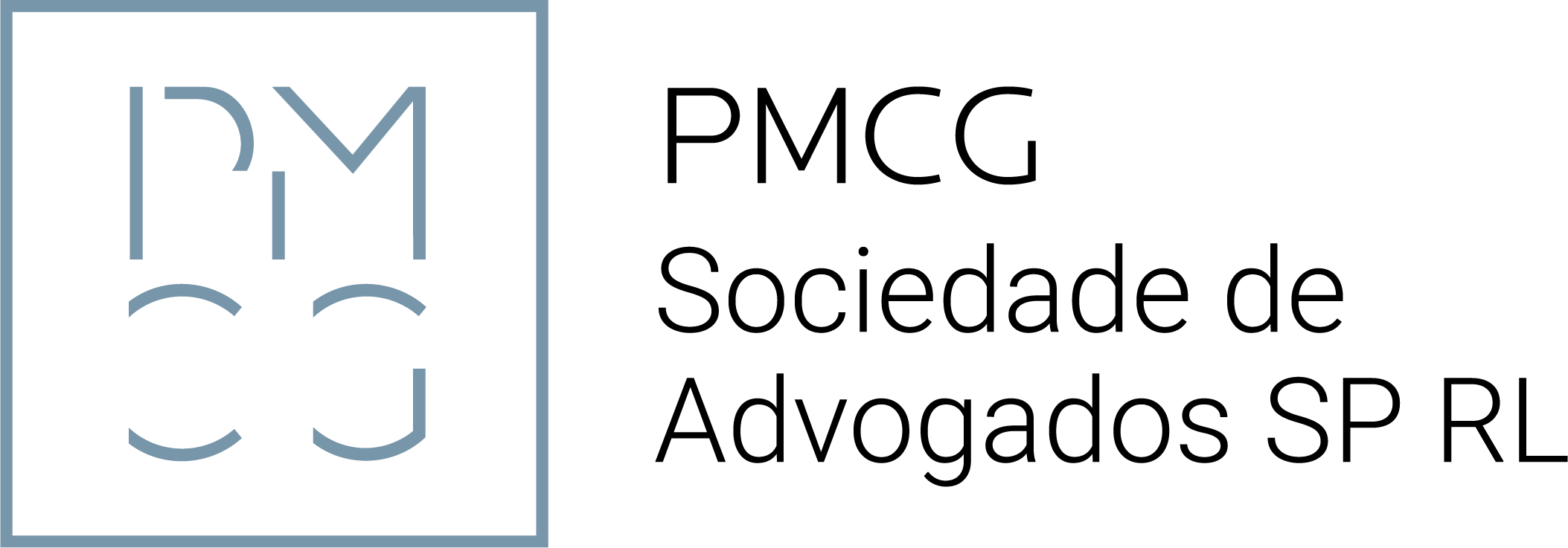What is “Trade- Dress” in IP law?
In intellectual property (IP) law, trade dress refers to the visual appearance and overall image of a product or service that identifies and distinguishes it from competitors in the marketplace. It encompasses various elements, such as the design, shape, color scheme, packaging, and even the overall ambiance or atmosphere associated with a particular brand or product.
Trade dress protection is a subset of trademark law and falls under the category of non-traditional trademarks. While traditional trademarks primarily protect words, logos, or slogans, trade dress extends protection to the overall look and feel of a product or service. It helps prevent confusion among consumers and promotes fair competition by allowing businesses to establish and maintain a distinctive identity.
To qualify for trade dress protection, the trade dress must meet certain legal requirements.
These requirements include:
- Distinctiveness: The trade dress must be inherently distinctive or have acquired distinctiveness through extensive use in commerce. It should be capable of identifying the source of the product or service.
- Non-functionality: The trade dress should not be primarily functional, meaning it should not serve a utilitarian purpose beyond its visual appeal. Functional aspects of a product or packaging are generally not eligible for trade dress protection.
- Likelihood of confusion: The trade dress must be likely to cause confusion among consumers, meaning it should be distinctive enough to differentiate the product or service from others in the marketplace.
Trade dress protection is granted upon registration with the relevant intellectual property office, such as the United States Patent and Trademark Office (USPTO) in the case of the United States. The registration process typically involves submitting an application, along with supporting evidence and a description of the trade dress.
Enforcing trade dress rights involves taking legal action against infringers who use a confusingly similar trade dress that may mislead consumers. Remedies for trade dress infringement can include injunctive relief, monetary damages, and the destruction or recall of infringing products.
It’s important to consult with an intellectual property attorney or specialist to navigate the complexities of trade dress protection, as the specific requirements and processes may vary depending on the jurisdiction.
What is “Trade- Dress” used for?
Trade dress protection in IP law serves to safeguard the overall visual appearance and presentation of a product or service, allowing businesses to establish and maintain a distinctive identity in the marketplace. Here are some ways trade dress protection helps protect a product:
- Preventing Confusion: Trade dress protection helps prevent consumer confusion by ensuring that competitors cannot use a similar or identical visual appearance that may lead consumers to believe they are purchasing a different product or service. It allows businesses to create a unique and recognizable image associated with their brand.
- Brand Recognition: Trade dress protection enables businesses to build brand recognition and loyalty. When consumers associate a specific visual appearance with a particular product or service, it becomes easier for them to identify and differentiate it from others in the market. This recognition can result in increased sales and customer loyalty.
- Competitive Advantage: Trade dress protection provides businesses with a competitive advantage by preventing competitors from imitating or copying the unique visual aspects of their products or services. This exclusivity allows the owner of the trade dress to maintain a distinct market position and stand out from competitors.
- Market Exclusivity: Trade dress protection grants the owner the exclusive right to use the protected trade dress in commerce. This means that competitors cannot use a similar trade dress that may create confusion among consumers. It helps maintain the integrity of the product’s visual identity and distinguishes it from others in the market.
- Enhanced Market Value: Trade dress protection can increase the market value of a product or service. A distinctive and well-protected trade dress can enhance the reputation and goodwill associated with a brand, making it more attractive to consumers and potential business partners.
- Legal Remedies: Trade dress protection provides legal remedies for infringement. If a competitor or other party uses a confusingly similar trade dress without permission, the owner of the protected trade dress can take legal action. This may result in injunctive relief (stopping the infringing activity), monetary damages, or other appropriate remedies.
It’s important to note that trade dress protection does not cover functional aspects of a product or packaging. It focuses on the non-functional visual elements that contribute to the overall image and identification of a product or service.
Is “Trade-Dress” protected in Europe?
In European Union (EU) intellectual property (IP) law, trade dress protection is available under the framework of both trademark law and unfair competition law. The specific provisions for trade dress protection can be found in the EU Trademark Regulation (2017/1001) and the Directive on the Enforcement of Intellectual Property Rights (2004/48/EC).
Trade dress protection in EU IP law is primarily governed by the concept of “distinctive character.” To qualify for trade dress protection, the trade dress must possess distinctive character, meaning it must be capable of identifying the product or service as originating from a particular business. A trade dress that is generic, descriptive, or non-distinctive will not be eligible for protection.
In the EU, trade dress protection can be obtained through two main routes:
- Trademark Registration: A trade dress can be protected as a trademark by registering it with the EU Intellectual Property Office (EUIPO) as an EU trade mark (EUTM). The trade dress must meet the criteria for trademark registration, including distinctiveness and non-functionality. The EUTM provides exclusive rights to the registered trade dress and allows the owner to prevent others from using a similar or identical trade dress in the course of trade.
- Unfair Competition/Passing Off: Even without trademark registration, trade dress may be protected under the principles of unfair competition and passing off. If a competitor uses a confusingly similar trade dress that may mislead consumers or cause unfair advantage, the owner of the trade dress can take legal action based on unfair competition laws. This requires establishing that there has been a likelihood of confusion among consumers and that the trade dress has acquired reputation or goodwill in the marketplace.
In the EU, trade dress protection extends to the overall appearance, packaging, shape, color schemes, and other visual elements that contribute to the distinctive image of a product or service. Functional aspects are generally excluded from trade dress protection, as they are more appropriately covered by patent or design rights.
It’s important to note that the specific interpretation and application of trade dress protection may vary across EU member states, as the EU intellectual property framework allows for certain national discretion. Therefore, it is advisable to consult with legal professionals familiar with EU IP law and the trade dress protection practices of the specific member states relevant to your situation.
How is “Trade- Dress” seen by the courts of law?
Court rulings related to trade dress can vary widely depending on the jurisdiction and specific facts of each case.
One prominent trade dress court ruling is the case of Two Pesos, Inc. v. Taco Cabana, Inc., decided by the United States Supreme Court in 1992. In this case, Taco Cabana, a Mexican restaurant chain, sued Two Pesos, another restaurant chain, for trade dress infringement. Taco Cabana claimed that Two Pesos had copied the distinctive trade dress of their restaurants, including the architectural design, interior decor, color schemes, and other elements.
The Supreme Court ruled in favor of Taco Cabana, establishing important principles regarding trade dress protection. The Court held that trade dress protection extends beyond just packaging or product design and can also apply to the overall image and decor of a restaurant. The Court emphasized that trade dress should be evaluated based on its distinctiveness, non-functionality, and potential for consumer confusion.
This ruling clarified and broadened the scope of trade dress protection in the United States, affirming that trade dress extends beyond traditional trademarks and can encompass the total image and appearance of a product or service.
It’s worth noting that there have been numerous trade dress court cases since the Two Pesos ruling, shaping the understanding and application of trade dress protection in various jurisdictions. It’s always important to consult with legal professionals and refer to recent court rulings or precedents relevant to your specific jurisdiction for up-to-date and accurate information.
Court decisions related to trade dress can vary across European jurisdictions, and there have been numerous cases shaping the understanding and application of trade dress protection in the region.
One notable trade dress court decision that has had an impact on European trade dress law was the one opposing Christian Louboutin v. Van Haren Schoenen BV:
This case involved a dispute between luxury shoe designer Christian Louboutin and Dutch shoe retailer Van Haren. Christian Louboutin is known for its iconic red sole, and the company sought trade dress protection for this specific element. The case reached the European Court of Justice (ECJ) in 2018.
The ECJ ruling clarified that the red sole could be considered a trademark or trade dress, but only if it fulfills certain conditions. The court held that a red sole with a specific Pantone color reference, as used by Christian Louboutin, can be protected as a trade dress if it contrasts with the rest of the shoe.
The decision emphasized the importance of consumer perception and the distinctiveness of the trade dress. It also addressed the issue of functionality, stating that a trade dress may be refused protection if it consists exclusively of a shape that gives substantial value to the product.
It’s worth noting that there have been various other trade dress court decisions in different European jurisdictions that have contributed to the development of trade dress law. These cases have further clarified the requirements for trade dress protection, the scope of distinctiveness, the balance with functionality, and the likelihood of confusion among consumers.
jun 2023





